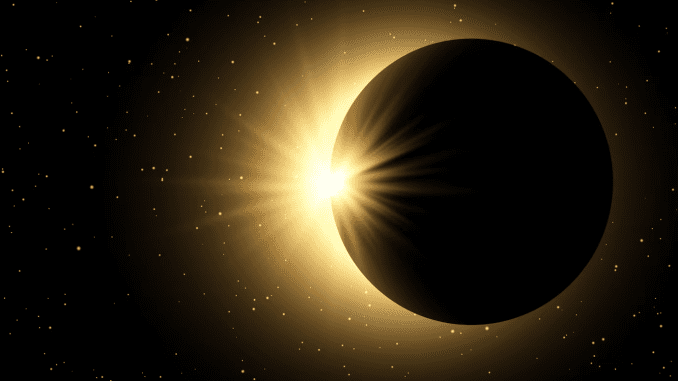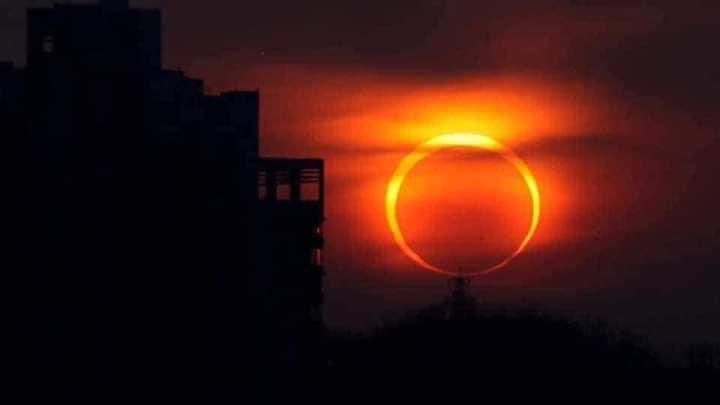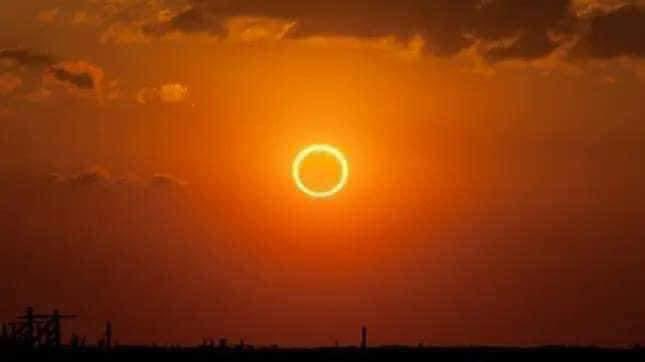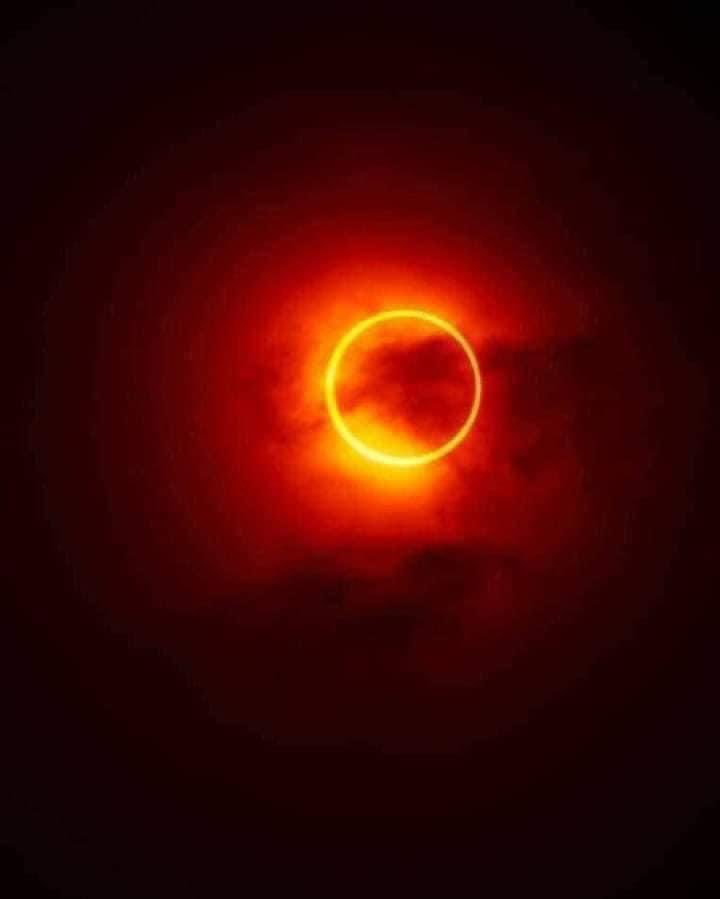
Next month, a solar eclipse is expected to traverse a section of the US. In Alabama, 84% of the sun will be obscured by the moon. The following are some essential details regarding the eclipse.
When is the 2024 Solar Eclipse
On April 8, the solar eclipse is scheduled to start at 12:40 p.m. and terminate at 3:17 p.m. At 1:59 p.m., it will reach its maximum coverage in Alabama, according to Lee Tinker, coordinator of the Montgomery, Alabama W.A. Gayle Planetarium. The moon completely obscured the sun for two minutes and forty-seven seconds during the most recent total solar eclipse to affect the United States, which occurred in August 2017.
Four minutes and twenty-eight seconds will see complete coverage of the eclipse in 2024. The United States won’t see another total solar eclipse until August 12, 2045, and it will only last for roughly six minutes.
Is it Possible for You to Watch the Eclipse From South Africa?
Time and Date stated that, if the sky is clear, lunar eclipses on April 8 can be seen from wherever on Earth’s night side.
In certain locations, the whole eclipse will be visible, while in other locations, the moon will rise or set during the solar eclipse.
Depending on how the sun, Earth, and moon line up at the moment of the event, there are three different kinds of lunar eclipses that can happen:
The entire lunar surface is covered in shadow by Earth during a total lunar eclipse.
Partial lunar eclipse: A partial lunar eclipse is characterized by a portion of the moon that appears to be “biting” into the lunar surface as it passes partially through Earth’s shadow. Earth’s shadow will seem dark on the side of the moon facing Earth. NASA states that the alignment of the sun, Earth, and moon determines how much of a “bite” humans experience.
The moon is covered in a faint outer shadow cast by Earth during a penumbral lunar eclipse. This kind of eclipse might be challenging to witness and is not as stunning as the other two.
Are there any Warnings About the Eclipse?
Ahead of the April solar eclipse, a number of states and counties in Texas that will be in the path of totality have issued alerts and declared states of emergency.
To date, a number of Texas counties have made formal announcements, and residents in Oklahoma, Indiana, Ohio, Missouri, New York, and Kentucky have received alerts to get ready for the eclipse.
According to a FOX 56 News story, several counties in Kentucky are even choosing to close their schools for the day.
When it comes to preparing for an influx of people coming to view the once-in-a-lifetime event, authorities have recommended locals living in areas expecting to encounter high traffic during the eclipse to stock up on food, gas, and other critical supplies.
Check out These Safety Tips
- It’s crucial to avoid staring at the sun at all times because it can harm your eyes permanently.
- If you wish to see the eclipse, ask your parents or another responsible adult about getting special protective eclipse glasses. These may be purchased online, but they are currently fairly pricey. Sunglasses do not provide enough protection either.
- Making a pin-hole projector is another way to view the eclipse without staring directly at the sun.
- Create one by making a tiny hole in a piece of card. To get light to pass through the hole and onto a piece of paper behind the card, hold the card up to the sun.
- As the moon moves in front of the sun, you will be able to see the sun’s shape reflected onto the paper and see how it changes.
What if I Miss this Eclipse?
In 2026, eclipse watchers may be able to witness one in Greenland, Iceland, and Spain; in 2027, along the Northern African coast; in 2028, in Australia and New Zealand; or in 2030, in Southern Africa and Australia.
South Africans witnessed the Dassie Moon or Snow Moon in the meantime.
Where Can I View the Complete Coverage?
The US states that will be closest to total coverage include Texas, Arkansas, and Kentucky, but the best eclipse will occur in Mexico.
“It is well worth your time if you can get anywhere near any of those areas,” Tinker stated.
How to be Secure
Tinker cautioned, “Do not, do not, do not, look directly at the sun.”
The only ways to be safe are to wear solar-protective eyewear or to avoid staring at the sun. Tinker cautioned against wearing smoke glasses or two pairs of sunglasses.
“Please don’t,” Tinker said.
The ISO of solar-safe eyewear has to be 12312-2. Additionally, Tinker cautioned that a company’s listing of the ISO number on glasses does not imply that they are safe.
He suggested that individuals check out the websites of NASA or the American Astronomical Society for a list of verified businesses that adhere to the ISO standard. Additionally, they are sold at the planetarium’s gift shop; each customer may purchase a maximum of four glasses.
In addition, welding glasses will shield the eyes of those who are 13 or 14.
Before using the glasses, Tinker advised making sure there are no scratches or pinholes in them. “Tinker said, ‘It doesn’t matter if it cost you $10, throw it away.” The backs of your eyes get chemically burned when you stare directly at the sun. “And there is no fixing it,” Tinker remarked.
What is the Appearance of a Total Solar Eclipse?
You might be in luck if you’re hoping to witness a scientific phenomenon in 2024.
A total solar eclipse is predicted to cross the United States, Mexico, and Canada on April 8.
According to NASA, for a few minutes, the eclipse will pass across about 28% of the United States.
As per NASA, the eclipse’s path will start in Texas and cross several states in the United States, including Oklahoma, Arkansas, Missouri, Illinois, Kentucky, Indiana, Ohio, Pennsylvania, New York, Vermont, New Hampshire, and Maine. Additionally, some regions of Michigan and Tennessee will also witness the eclipse.
A solar eclipse usually happens during the day when the moon covers the sun’s light, causing a brief period of partial or complete darkness on Earth.
The date of the most recent total solar eclipse was August 21, 2017. According to the American Astronomical Society, it was the first to cross America from coast to coast since 1918 and was visible in every state with the exception of Alaska and Hawaii.
To get you excited for the upcoming solar eclipse and give you an idea of what to expect, here are some pictures from previous eclipses:



Leave a Reply